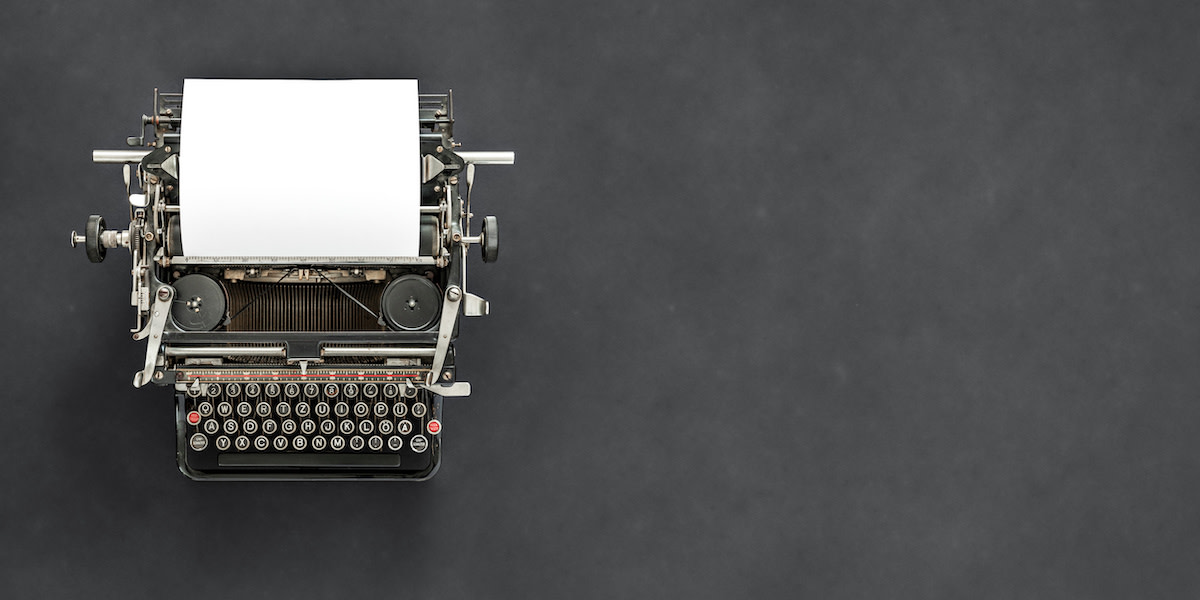What Is Conflict in Literature? 6 Different Types of Literary Conflict and How to Create Conflict In Writing
Written by MasterClass
Last updated: Sep 30, 2021 • 4 min read
Stories cannot progress without conflict.
What Is Conflict in Literature?
In literature, a conflict is a literary device characterized by a struggle between two opposing forces. Conflict provides crucial tension in any story and is used to drive the narrative forward. It is often used to reveal a deeper meaning in a narrative while highlighting characters’ motivations, values, and weaknesses. There are six main types of literary conflict, each of which is detailed below.
Learn From the Best
Internal vs. External Conflict
All conflict falls into two categories: internal and external.
- Internal conflict is when a character struggles with their own opposing desires or beliefs. It happens within them, and it drives their development as a character.
- External conflict sets a character against something or someone beyond their control. External forces stand in the way of a character’s motivations and create tension as the character tries to reach their goals.
Including both internal and external conflict is crucial for a good story, because life always includes both.
Learn more about internal and external conflict here.
How to Create Conflict in Your Writing
To create conflict for your protagonist, you’ll need forces of antagonism that work against them. In genre writing, antagonists are usually arch-villains, but they don’t have to be people—they can be any oppositional element that thwarts your character’s main desire. In crafting this conflict, it’s helpful to remember some basic principles of antagonism.
- The stronger the forces of antagonism are, the more well-developed your character will become.
- The conflict should be tailored to your protagonist’s main desire.
- Antagonism has to increase with time, or you’ll lose the reader’s interest.
The 6 Types of Literary Conflict
Just like it takes two to tango, it also takes two (or more) to create conflict. What you choose to pit your characters against will have a significant effect on what kind of story you tell. Many stories contain multiple types of conflict, but there is usually one that is the main focus.
This is an internal conflict, meaning that the opposition the character faces is coming from within. This may entail a struggle to discern what the moral or “right” choice is, or it may also encompass mental health struggles. All other types of conflict are external—meaning that a character comes up against an outside force that creates the conflict.
This is a common type of conflict in which one character’s needs or wants are at odds with another’s. A character conflict can be depicted as a straightforward fist fight, or as intricate and nuanced as the ongoing struggle for power in the HBO series Game of Thrones.
In a nature conflict, a character is set in opposition to nature. This can mean the weather, the wilderness, or a natural disaster. For example, in Ernest Hemingway’s The Old Man and the Sea, the main character, Santiago finally manages to reel in a fish after months and months of bad luck. He fends off sharks, who are trying to steal his prized catch, but eventually they eat the fish—leaving Santiago with only a carcass. This is the essence of the man versus nature conflict: man struggles with human emotions, while nature charges forth undeterred. Learn more about character vs. nature conflict in our complete guide here.
Pitting characters against phenomena like ghosts, gods, or monsters raises the stakes of a conflict by creating an unequal playing field. Supernatural conflict also covers characters, like Harry Potter or Odysseus, who have a fate or destiny and struggle to accept the sacrifices that come along with it. Learn more about character vs. supernatural conflict in our complete guide here.
In this case, a character is in conflict with some kind of technology. Think of the tale of John Henry, the African American folk hero. In American folklore, Henry was a former slave who worked as a steel-driver on the rail line. To prove his superiority over new technology, he raced a steam-powered rock drilling machine and won. However, he suffered a heart attack after winning the race. Learn more about character vs. technology conflict in our complete guide here.
A character vs. society conflict is an external conflict that occurs in literature when the protagonist is placed in opposition with society, the government, or a cultural tradition or societal norm of some kind. Characters may be motivated to take action against their society by a need to survive, a moral sense of right and wrong, or a desire for happiness, freedom, justice, or love. Learn more about character vs. society conflict in our complete guide here.
Creative Writing Prompts for Creating Conflict
Make a list of the forces of antagonism that are stacked against your protagonist. If you’re having trouble identifying them, answer the following questions about your protagonist:
- What is their main desire?
- What is their unconscious desire? (This may be the inverse, or related to the main desire.)
- What is the worst thing that can happen to this character?
- What is something even worst that can happen to this character?
- What people, institutions, or forces can bring this about? Include a description of how they do that.
How to Write Better Stories
All stories feature some kind of conflict that the characters must face and overcome. This not only drives the story forward but also gives readers an insight into the main characters’ actions and motivations. A good piece of fiction writing will be full of unforeseen tensions, competition, and power struggles. Nonfiction writing also benefits from conflict drawn from everyday situations and people that are central to the narrative.
Want to become a better writer?
Learn more about creating conflict in writing from bestselling author Dan Brown in his MasterClass.
